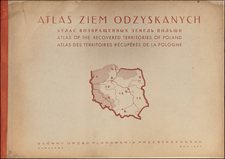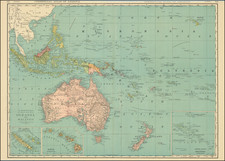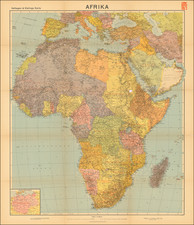Rare map of Kwajalein Island, likely published shortly after the American occupation of the island in early 1944.
The map outlines Naval Air Base Kwajalein, shortly after the island was taken during Operation Flintlock (January 31, 1944). Following the occupation, the US Navy's Seabees built Kwajalein into a major base and staging area for future operations, including Kwajalein Airfield.
The map illustrates the usage of the island as a military base during the War of the Pacific in 1944, noting:
- NAB Pier
- NATS Term[inal]
- Airport Runway
- Signal Tower
- Restricted Area
- Commodore's House
- Officers Club
- Marine Detachment
- ATC
- Dump (2)
- Boat Pool
- Swimming Beach
On the verso of the map is a detailed history of the island, from teh time of its European discovery by the Spanish in 1526 and re-discovery 1788, to the American invasion and occupation of the island in 1944. The map also includes important facts about the Marshall islands, including population, ethnicity, staple crops and industries, language and hospitality of the native people.
Kwajalein Atoll
Kwajalein Island is a small atoll located in the Pacific Ocean, and part of the Republic of the Marshall Islands. The island gained notoriety during World War II as a result of the US invasion and subsequent establishment of a military base on the island.
The US invasion of Kwajalein Island took place on January 31, 1944, during the Pacific campaign of World War II. The US military saw the island as a strategic location for launching attacks on other islands in the Pacific, and aimed to secure the island in order to establish a military base there. The invasion was successful, and the US military took control of the island without much resistance.
The island included an Airfield initially built by the Japanese in 1943. After the defeat of the Japanese, the Seabees of the 109th Naval Construction Battalions developed a major airbase and staging area for further operations. The United States Army Air Forces (USAAF) moved the Seventh Air Force Headquarters from Nanumea to the airfield in April 1944, and moved the B-24 Liberator-equipped 11th Bombardment Group from Tarawa and 30th Bombardment Group from Abemama to the island at the beginning of April. Along with the heavy bomber groups, the USAAF reassigned the F-5 (P-38 Lightning)-equipped 28th Photographic Reconnaissance Squadron to Kwajalein. Combat units remained on the island until being moved to airfields on Guam and Saipan in late 1944. The United States then used Kwajalein as a maintenance and supply hub.
After the war, the United States used Kwajalein as a main command center and preparation base for Operation Crossroads and an extensive series of nuclear tests (comprising a total of 67 blasts) at the Marshalls' atolls of Bikini and Enewetak. Later, in the 1950s and 1960s, the air base became part of the Atomic Energy Commission Pacific Testing Area.












![(World War II - Operation Hannibal) Руководителя Карта | Обстановка к 13.30 11.5 [Master Map | Situation to 13:30 11.5]](https://storage.googleapis.com/raremaps/img/small/82910.jpg)


![[Tahiti] Le Isola O'Taiti Scoperta dal Cap. Cook, Con Le Marchesi di Mendoza . . .1798](https://storage.googleapis.com/raremaps/img/small/91717.jpg)
![(World War II - Jewish Resistance in Poland) ספר מלחמות הגיטאת [Book of the Ghetto Wars]](https://storage.googleapis.com/raremaps/img/small/81013.jpg)